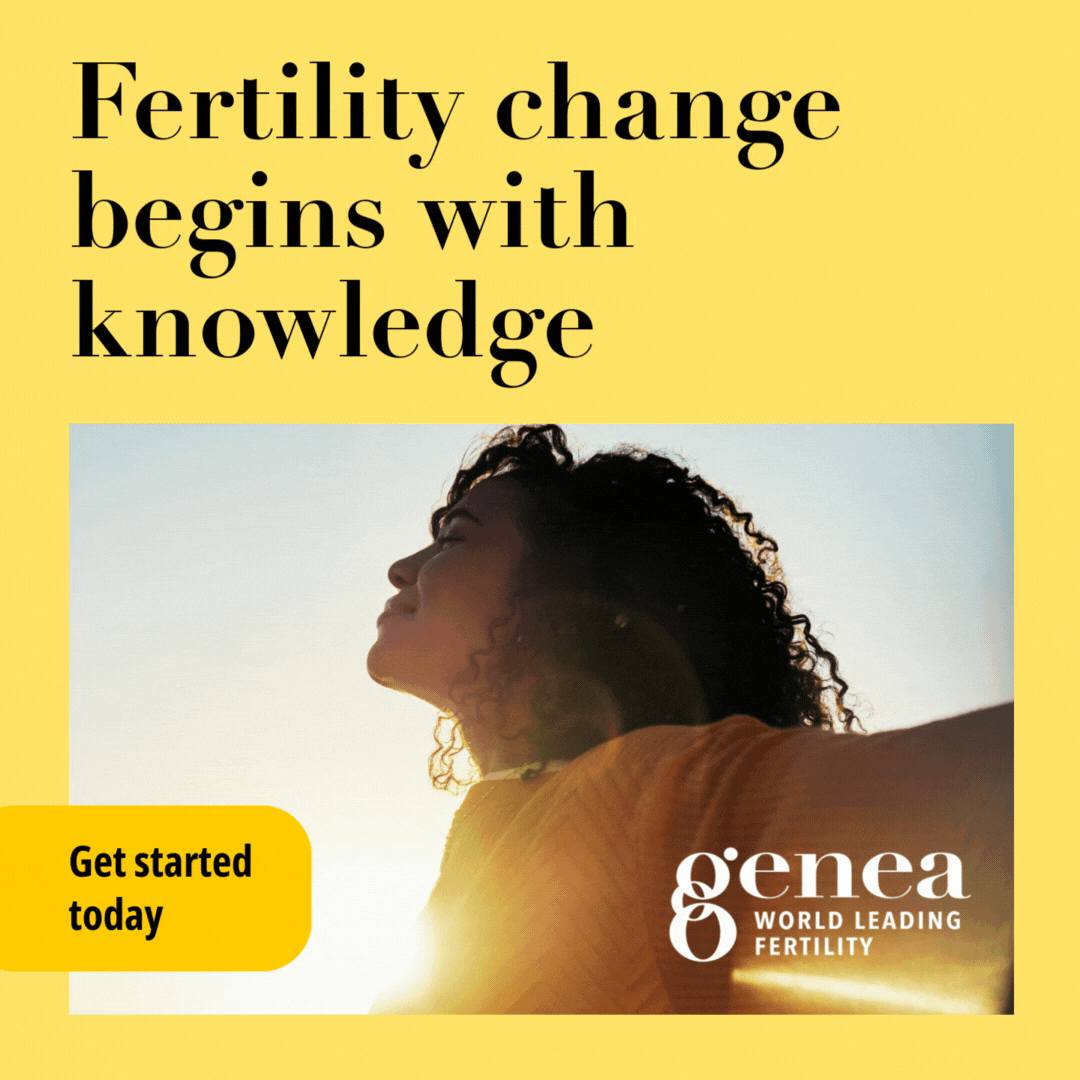
There is always a risk of blurring the lines between optimism and false hope.
After spending the past week at the W20 in China, I am leaning towards optimism as I observe signs of a new and very positive trend emerging, which could profoundly impact the future for women.
They may be small signs, but they are significant and they coincided with the second annual Summit of the Women20 engagement group to the G20 in Xi’an, central China.
Generalising and forecasting China’s future is probably best left to the experts – and I don’t wish to be accused of drinking the Kool-Aid in Xi’an – but two examples from Chinese government and business reveal a positive change of attitude and leadership.
First was the Chinese Vice President, Li Yuanchao, whose arrival to open the conference was a big signal that the Government acknowledges the importance of women to the world economy.
He was immediately forthright – declaring that economic growth does not necessarily mean the situation has improved for women. Then he took it further arguing that, basically, old ways of doing business need to be set aside for new ways, which should include the promotion of “women’s entrepreneurship, employment and equal participation in the development process.”
As the Chinese government is pushing for structural reform of the economy, Li Yuanchao argued it would also aim to provide more opportunities for women, ensure access to education and employment, and it would advocate for family values as part of the social compact.
“It’s all the more important to pool women’s wisdom and strength at a time when the global economic recovery remains fragile. As the Chinese economy moves into a New Normal, efforts are made to encourage mass innovation and entrepreneurship and women are essential in this endeavour,” he said.
These are significant words from the Vice President of one of the world’s major economies. Keep in mind the term “New Normal”, which is the big indicator of change and a sign, I believe, that the government of President Xi Jinping is seeing the possibilities of a new economy, whatever form that takes.
Investment in women is underway, said Li Yuanchao, with $290 billion of government subsidised micro credit for women, 55% of whom are new entrepreneurs. Of course the numbers are massive in a country the size of China, but the rest of the world will take notice.
Could this be the butterfly effect – small causes have bigger, wider impact?
At the same time, beyond government, is another signal that the game is changing in the banking sector, with the recent launch of the Asian Infrastructure Investment Bank (AIIB), led by its inaugural President Jin Liqun. This is China’s answer or, should I say, challenge to the World Bank with ambitions for a more contemporary approach to banking and finance based on contemporary rather than old model requirements.
Again, new thinking and leadership from another sector with China in the vanguard. Not a coincidence that the timing matches new thinking by the Chinese government? I know the proof will be in the pudding, but it’s a small step, or flutter of the butterfly wings.
Jin Liqun has declared this AIIB will be “lean, clean and green.” He told the Financial Times (FT) recently that lean means a small professional staff and non-resident board of governors – he has 57 countries signed up in support of this enterprise. Clean means not corrupt and green, naturally, cares about the environment.
He declared in his interview that he had no concerns about the Chinese economy because China’s political leaders “have vision, determination and guts.”
He told the FT that the AIIB would go well beyond replicating what is being done by old model banks like the World Bank, or the Asian Development Bank (ADB). He says they have drifted too far into poverty alleviation, whereas the Chinese experience shows that infrastructure investment paves the way for broader economic social development, and poverty alleviation comes as a natural consequence of that.
Again, a big shift in thinking, with a long view – Jin Liqun says he is “thinking in terms of centuries”.
If talk around the W20 conference was any indication, many women who work in this space believe the ADB and World Bank have lost their way and his AIIB is poised to seize the moment.
How this adds up to opportunity for women, of course, is the question.
Measuring their contribution to the world economy is the most difficult challenge.
For example, the UN reports that women spend 2.5 times more hours on unpaid care and domestic work than men. The average global gender pay gap is 24% – in Australia it is 18.8%. According to the 2014 Australian Household, Income and Labour Dynamics survey, “Women do more paid employment, housework, childcare combined than men, regardless of whether the man is the main earner, the men and women earn equal amounts or the woman earns more.”
Are we properly measuring where women contribute most to the economy?
They heavily populate the areas of health, education, care and services, and much of it is part time. According to my sources, our Census does not measure how many hours women work part-time, and in what sectors.
Only 34% of graduates in STEM – science, technology, engineering and maths – are female, and they make up only 20% of the ICT workforce in Australia.
Can we look forward to a “New Normal” where old business models are replaced by new, and the forces which drive our economies bring about the improvement of conditions of employment, inclusion, opportunity and endeavour for women?
If these men can walk their talk, and we women support the “New Normal” with ideas, investment and initiative, it will change the world of work for women.
It’s about measuring the outcomes. Focus on the work women are actually doing rather than what we wish they were doing.
And in the end, the flutter of the butterfly wings may indeed have a greater impact.



